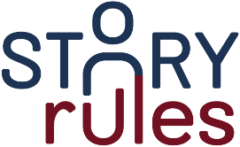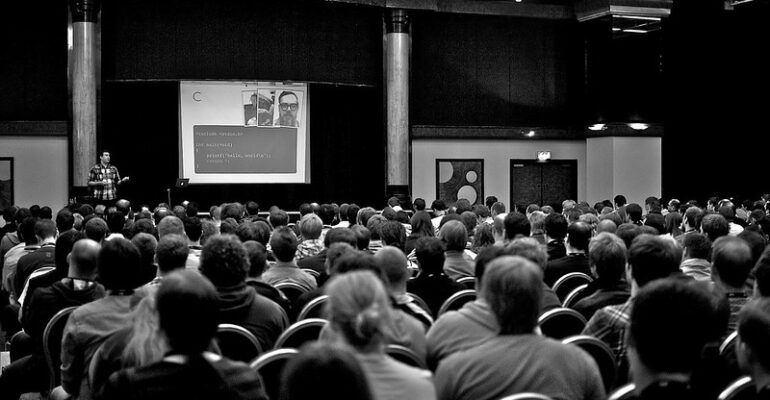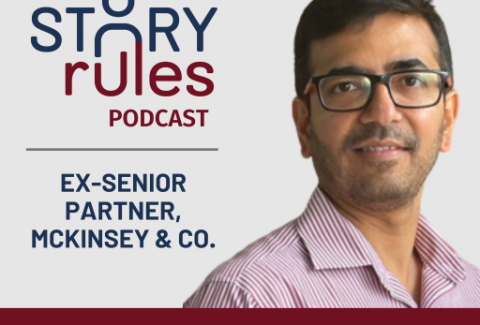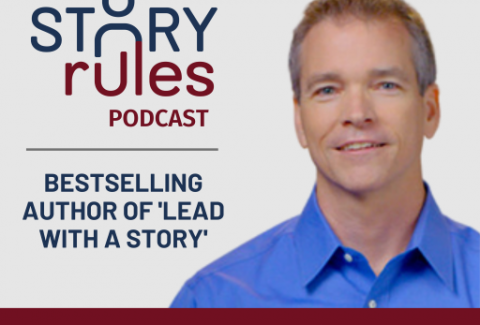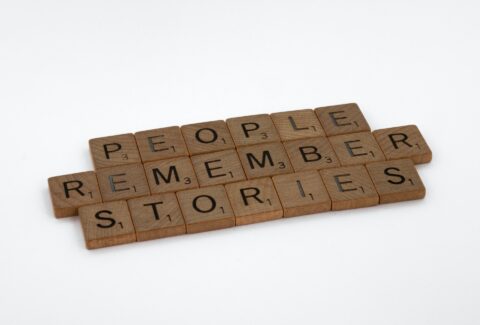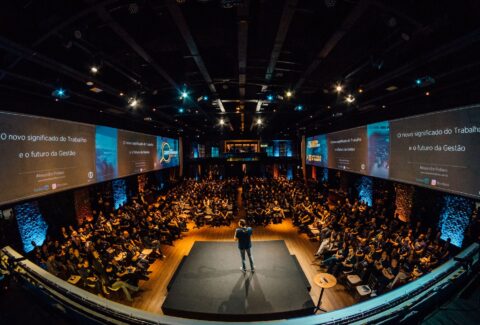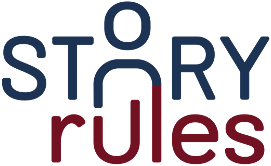A framework to analyse your audience for a big presentation
It was early-2017. I had just started out as a Storytelling trainer and was reaching out to known folks for potential client references.
One early reference I got was through my Dad. A close friend (and ex-colleague) of his ran a Surgical Training Institute, where they trained surgeons on the latest equipment, that was owned by a leading multinational company.
My dad’s friend – a friendly, avuncular gentleman called Dr. G – asked me to come over to his office and showcase my work.
This was just my second or third BD call and I was excited! Just before this, I had met the head of a firm that offered CFO services to mid-sized companies and I thought I had done a good job of convincing them about the power of data storytelling.
On the day of the meeting, I reached the office on time, prepared with my presentation.
The good doctor had gathered his senior colleagues – mostly from medical, sales and admin backgrounds.
I began with a self-deprecating joke and then launched into my presentation about data-storytelling techniques. My main attraction? Three examples of ‘makeovers’ where I had redone some data slides using the storytelling techniques at my disposal.
The case studies were stark and vivid examples of the clarifying power of story. They showed the practical applicability of the skill to real-world examples, and they made a compelling case for learning the skill…
Or so I would like to believe.
Unfortunately, they were all from the world of finance… and completely and utterly flopped.
You see, none of the audience members had a finance/accounts background and just could not relate to the examples being shared. (I have vague memories of explaining the meaning of EBITDA, while trying to retain my composure…)
The one statement I remember was from Dr G at the end: “Ravi, this was good, but if I were to present my technical information to you, you would have the same confused expression as us”.
Ouch.
Essentially I had ignored the most important element of the story: the audience.
We all do this sometimes: ignore the audience
While in theory, we know that we need to tailor our output for the audience, when it comes to data-heavy presentations, we tend to forget this message.
And we say – ‘Ok so we made that presentation to the Business Head – we now need to present it to the CEO and Board. Let’s create a copy of that previous file and change the title and date…. And maybe move the slides around a bit, remove some detail slides. I think we are good.’
No, you aren’t good… Because the audience needs in this presentation may be completely different.
You may need to start from scratch and analyse the audience and figure out what they need to know.
A framework to analyse your audience
In my sessions, I teach a basic framework to analyse your audience.
This ‘Audience Analysis Framework’ has two components: Inputs about the audience and the Output – in terms of how you will change your presentation.
A. INPUT
We can learn more about the audience through three questions: Where are they coming from, What do they want to know, and What preferences do they have regarding presentations.
1. ‘Where are they coming from’:
- What’s their seniority: The more senior they are, the less time they have for details and the more they want to know the key answer upfront. You need to prepare clear, short summaries for such audiences
- Which function/domain are they from: This will tell you how much can you play with the jargon meter. Don’t drown a poor Finance guy in tech jargon! It’s ok if you have technical concepts – but make sure you explain them in terms that are relatable to the audience. (use analogies!)
- What do they already know: While setting context is important, audiences – especially senior ones – hate to be told stuff they already know. Read their body language. If it’s telling you “It’s ok, I get this, move on” then don’t spend any more time on that piece of info. Your job as a storyteller is a to achieve a delicate balance – give the audience new information that they didn’t know about, but also explain to them why that new ifno should matter to them by connecting it with some core metric, goal or value that they hold dear.
2. What do they want to know:
- What are their key overarching goals: Who is their customer/boss and what is their goal?
- What – in your opinion – are the top 3 questions they want answered in the presentation? If possible you should explicitly find this out… if not, then take your best guess by putting yourself in their shoes
- What are their key concerns or fears: Every leader has something that keeps them up at night. If your presentation can address those concerns and fears, you will have your audience’s attention
3. Presentation logistics: Seemingly minor stuff, but which can still make a difference.
- The format of the presentation – Not every story needs to be a PowerPoint presentation. You could send an email or craft a ‘SlideDoc’. For simple ideas, you can just use the Whiteboard. You can also go creative and use props, demos or role-plays…!
- Details or a big-picture person: Irrespective of seniority, some folks are highly detail-oriented while some are big-picture mavens. Find out about your audience and tailor your content accordingly
- Fonts, colours etc. Some people prefer certain fonts, font sizes, colours, tables vs. charts, types of charts etc. These are minor aspects and for these, you should defer to the audience’s preferences.
Now all this is good if the audience member is a part of your organization. Even if you haven’t worked with them in the past, there would be others to whom you can go for guidance.
But what if you are presenting to an outsider – say a client – who you don’t know from Adam?
The answer: Online research (bet you didn’t know that!).
It’s surprising how much professional information you can find about a person online, and how little most people use it.
The best source of this information is the person’s LinkedIn profile. For senior folks, you may also find some interviews (press or video) or podcast appearances that you can refer to. (In many cases, I’ve struck gold after searching for podcast interviews of senior leaders).
Finally, if you don’t get anything about the person themselves, look for something about the company’s top leadership – articles, interviews, announcements etc. You might find some surprising insights that you can use in your presentation – which increases your credibility since it tells the audience that you came prepared. (For instance when working with the Indian office of an MNC Bank, I looked up some public speeches and interviews of their global CEO. I could then use some of his content as good storytelling examples during my session).
Once you figure out these ‘inputs’ about the audience, it is output time.
B. OUTPUT
You need to make tweaks to your output at three levels
1. The content itself
- Consider how much detail vs. big picture you will present.
- Ensure that you have addressed all key questions for the audience in the right priority
- Check your ‘Jargon meter’ – and whether it is appropriate for the audience
- Finally, nothing works better than customized examples. (If you are meeting a leader from a medical background, don’t use finance examples!)
2. The presentation mode
- Explore different modes and decide which will work best – an emailed SlideDoc, a formal Presentation, a simple email or an informal discussion
3. The Look and feel of the slides
Fonts, colours, graphs vs. tables etc. – let the audience preferences guide you here.
To summarise: You defer to the audience on everything except the facts and your point of view arising from it!
Managing mixed audiences
Now, I know what some of you are thinking – this is good for a single-person audience. What do we do when we’re presenting to a mixed audience, with each person having differing agendas? Should we try to please everyone and include multiple levels of detail? Or should we focus on some people and ignore the others?
Here are three approaches that you can use:
i. Focus on the key decision-maker or influencer: Among the audience, if there are 1-2 folks who are the key decision-makers or influencers, for the presentation’s recommendations, then your task is easier. All you need to do is to focus on those decision makers’ key needs and preferences. The others may not get all their questions answered, but it won’t do you much harm…
But what if all of the members have a say in the decision? Then we try approach 2
ii. Pre-wire the audience with one-on-one meetings: This approach recognises that it is not possible to convince a mixed audience in one go. You need to do some pre-work. Before the main presentation, have separate individual conversations with the key audience members. In the conversation, you don’t need to show the entire deck – but run them through the key findings and the implications for their domain or function. Make sure you ask the person if they have any inputs for the presentation or the recommendation. By doing so, you’ve involved that person in the presentation creation process, and have significantly improved your odds of getting their buy-in. If you have done this exercise for all key audience members, your final presentation is likely to go off that much more smoothly.
iii. Build common-ground with analogies and human stories: In case of audiences with varying degrees of knowledge of the subject, you risk losing the experts if you talk about the basics too much… and you risk losing the novices if your presentation is all tailored for the experts. In such a situation, you can use story tools (like analogies and human stories) to make the technical elements relatable to the less-experienced folks. The best part of such tools are that they are appreciated even by the experienced guys (because they can then use them when they explain it to others later)!
That’s it folks – all about analysing your audience and tailoring your output.
Happy to hear any thoughts and questions from you!
Image Credits: Flickr
